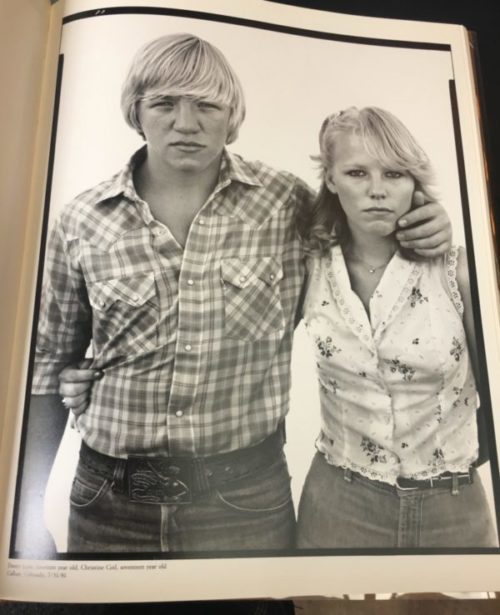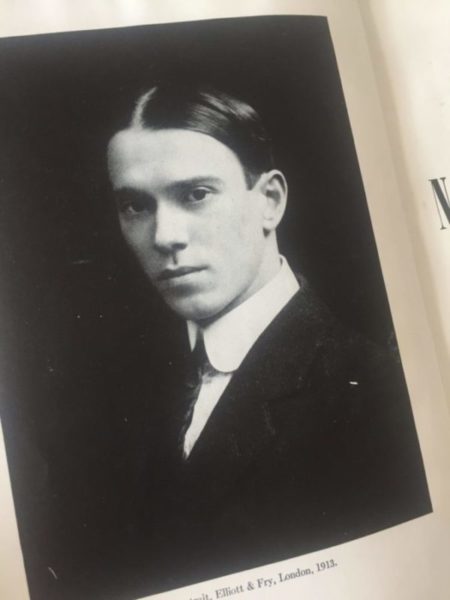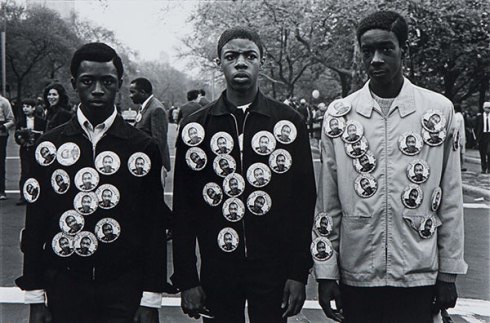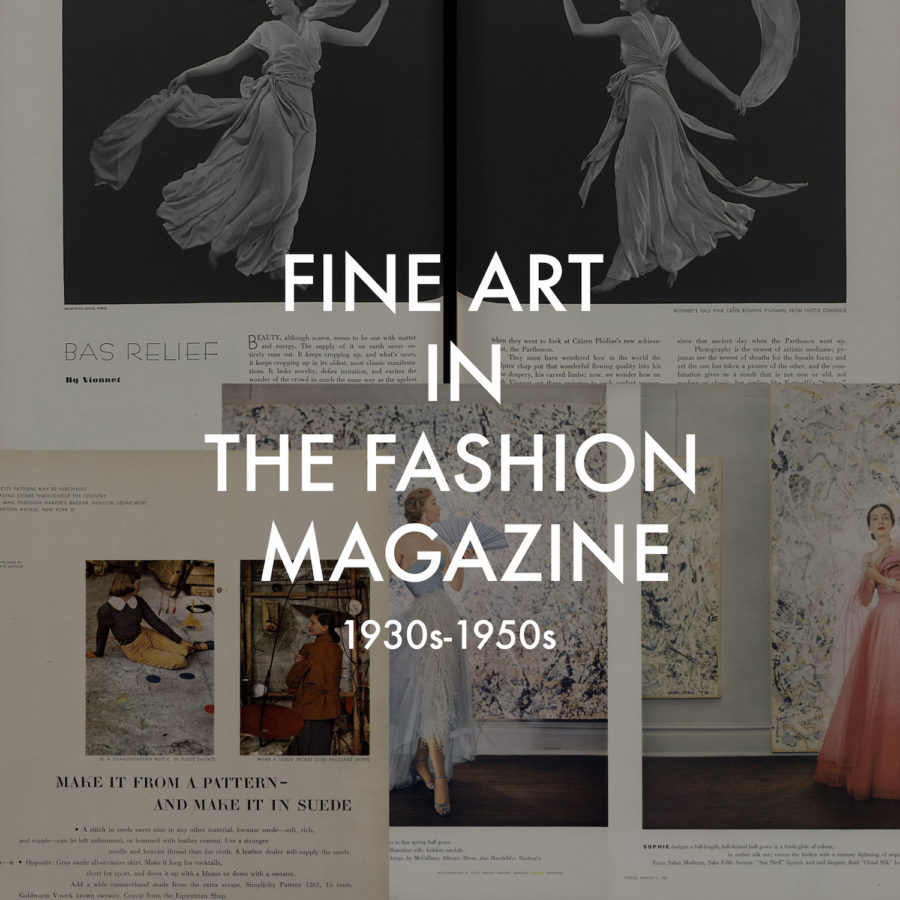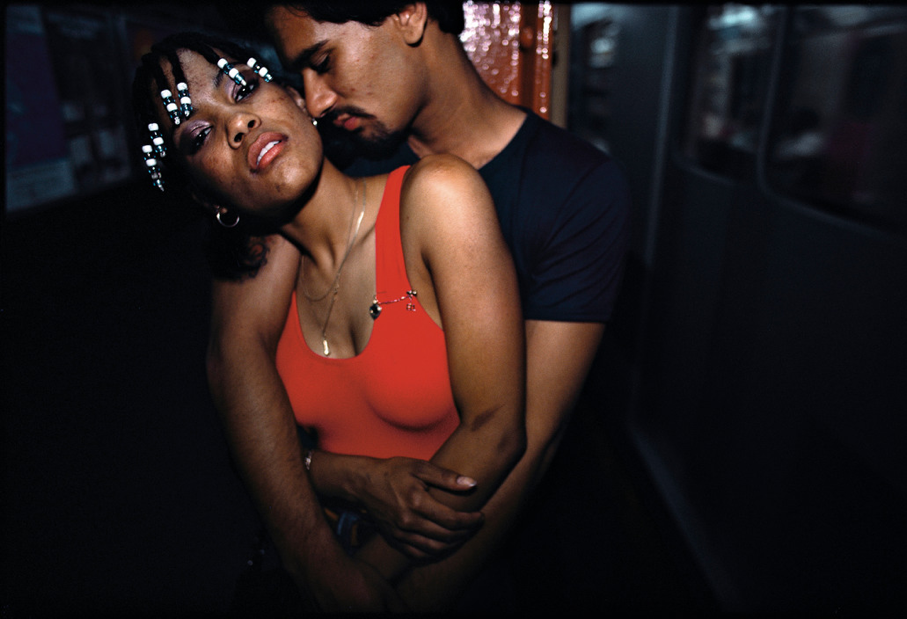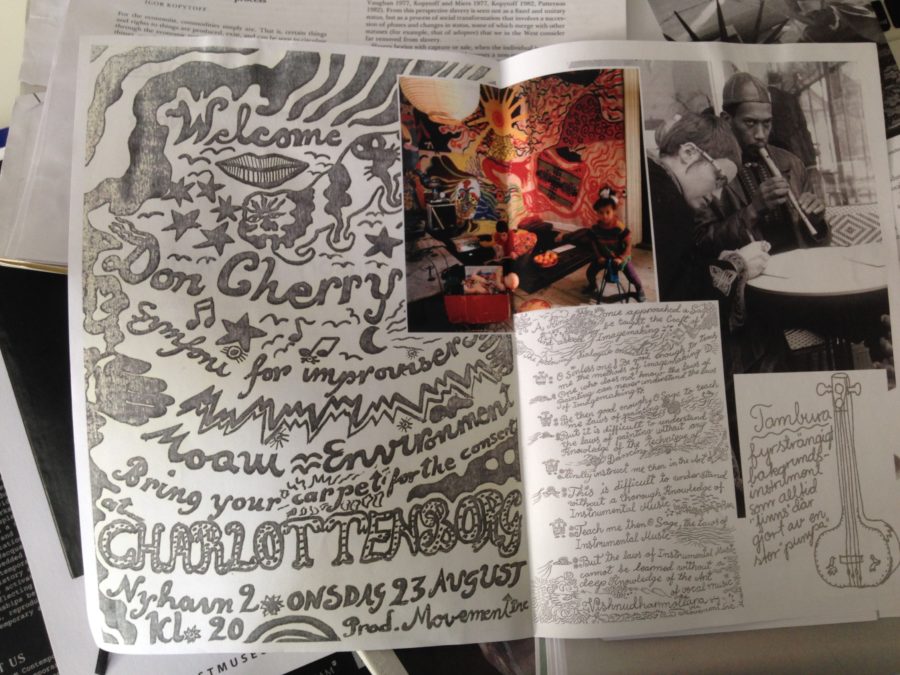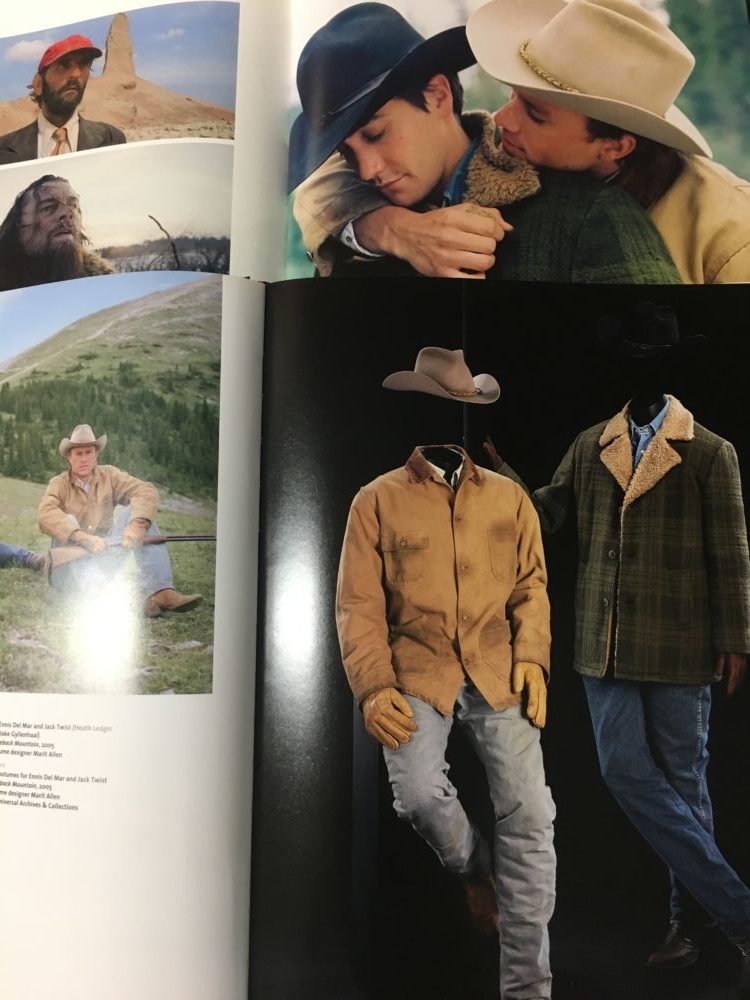Unobtrusively nestled into the Sala Rekalde’s building in the city center of Bilbao, Spain, the largest career spanning retrospective of American photographer Bruce Davidson left its mark on this artistically rich gem of a city. Comprised of over 200 prints shot primarily in black and white, Davidson’s work was exhibited in various rooms with 16 themes, each accompanied by display cases in the center of each room with magazine and newspaper printings with photographs from Davidson’s career.
The experience of witnessing Davidson’s photographs in person was truly enchanting. The prints are poignant and evocative, and convey a stronger sense of Davidson’s vision that cannot simply be replicated on a screen. The way the light in the building reflected off each glossy surface of the photograph, and the details and movement captured in each shot left the viewer with a visceral and emotional reaction to Davidson’s work.

Spanning the duration of his career, the retrospective highlighted some of Davidson’s most famous series from the 1960s, including Brooklyn Gang, East 100th Street, and photographs from the Civil Rights Movement.


The retrospective also included images from Davidson’s travels to the U.K. during the 1960s, with photographs from London, Scotland, Wales, and Yorkshire. Currently residing in London, these images were particularly exciting to see, as Davidson captured an experience of what it was like to live in these cities 60 years ago.

The reason behind my trip to Bilbao to see the retrospective was specifically for Davidson’s Subway photographs from 1980, the topic of my dissertation. The exhibition displayed early photographs of the series which were taken in black and white, as opposed to the majority color images I explored in my dissertation. Seeing the photographs first hand in conversation with and situated within Davidson’s career was an invaluable experience, and extremely beneficial towards my research.

The exhibition concluded with photographs Davidson took in Southern California between 2008-2013, which were particularly evocative personally, having grown up in Los Angeles. He captured the essence of Los Angeles through his depiction of beaches, high-rise buildings, palm trees, and traffic, which evoked a sense of home and nostalgia that concluded the retrospective on a perfect note.



